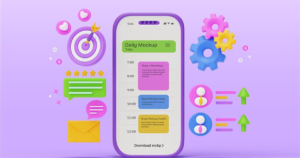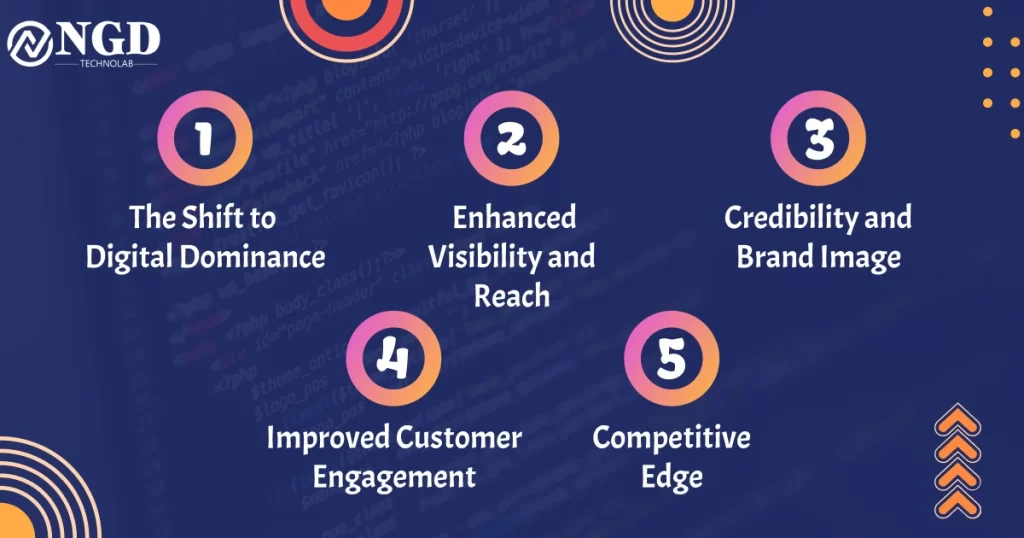Best Practices for Optimizing User Experience (UX) Design
-
Harshid Patel

Get Free consultation and let us know about your custom web and Mobile App project idea

Over 14+ years of work experience, we have built 210+ web and mobile apps
We can help you with
- Dedicated Developer
- delivering high-quality development
- Custom Mobile App Development
- Innovative Solution For Startups and Enterprise
User Experience Design, often abbreviated as UX design, plays a pivotal role in shaping the interaction between users and digital products. Crafting a seamless and enjoyable experience is the cornerstone of successful UX design. In this comprehensive guide, we will delve into the best practices for optimizing user experience design, exploring key strategies, tools, and insights to enhance user satisfaction and engagement.
The Essence of User Experience Design
User experience design, often referred to as UX design, is a multidisciplinary approach aimed at enhancing the overall satisfaction of users when interacting with a product. It encompasses a range of factors, including usability, accessibility, and aesthetics, to create a seamless and meaningful experience.
Importance of User-Centric Approach
In today’s digital landscape, putting the user at the center of the design process is non-negotiable. A user-centric approach involves understanding the needs, preferences, and pain points of the target audience to create products that resonate with them.
Elements of Effective UX Design
One of the foundational elements of successful UX design is intuitive navigation. Users should be able to navigate through the interface effortlessly, finding what they need without unnecessary complications.
With the increasing use of mobile devices, responsive design has become imperative. Websites and applications must adapt to various screen sizes, ensuring a consistent and enjoyable experience for users across devices.
Establishing a clear visual hierarchy helps guide users through the content. Important elements should stand out, drawing the user’s attention and leading them through a logical flow.
Maintaining consistency across different platforms fosters a cohesive user experience. Whether on a website, mobile app, or other platforms, users should encounter a unified design language.
Incorporating User Feedback for Iterative Improvement
Continuous improvement is at the core of effective UX design. Gathering user feedback through surveys, interviews, and analytics provides valuable insights for making informed design decisions.
The Role of Accessibility in UX Design
Ensuring accessibility is not just a legal requirement; it is a moral imperative. Designing for inclusivity ensures that people of all abilities can access and use digital products without discrimination.
In a mobile-dominated era, adopting a mobile-first design approach is crucial. This strategy involves designing for mobile devices first and then scaling up for larger screens, optimizing the user experience for the majority of users.
While aesthetics are important, they should never compromise functionality. Striking a balance between a visually appealing design and seamless functionality is key to creating a positive user experience.
In the fast-paced digital world, users expect instant gratification. Optimizing page load speed is crucial for retaining user engagement and preventing bounce rates.
Utilizing Psychology in UX Design
Colors evoke emotions and influence user behavior. Understanding color psychology helps designers make informed choices that align with the desired user experience.
Minimizing cognitive load is essential for preventing user fatigue. Simplifying tasks, providing clear instructions, and avoiding information overload contribute to a smoother user experience.
The Impact of Microinteractions on User Engagement
Microinteractions, subtle animations or feedback loops, can significantly enhance user engagement. From a subtle button animation to a confirmation sound, these small details contribute to a more enjoyable experience.
Testing and Usability Studies
A/B testing involves comparing two versions of a webpage or app to determine which performs better. This data-driven approach helps identify the most effective design choices based on user response.
Direct feedback from users through surveys provides qualitative insights into their preferences and experiences. Combining quantitative data with qualitative feedback paints a comprehensive picture for UX designers.
Adapting to Evolving Technology Trends
The integration of AR and VR in UX design opens new possibilities for immersive and interactive experiences. Understanding how these technologies impact user interaction is crucial for staying ahead in design trends.
With the rise of virtual assistants, designing for voice interaction is gaining prominence. Creating intuitive and user-friendly voice interfaces requires a unique set of considerations.
Future Trends in UX Design
AI is revolutionizing UX design by enabling personalized and predictive experiences. Understanding how to harness the power of AI is essential for staying at the forefront of design innovation.
Tailoring user experiences based on individual preferences and behaviors is the future of UX design. Hyper-personalization enhances user satisfaction by delivering content and features that align with each user’s unique needs.
Conclusion
In the ever-evolving landscape of digital experiences, prioritizing user experience design is a strategic imperative. By embracing the best practices outlined in this guide, designers can create products that not only meet user expectations but exceed them, fostering loyalty and positive brand perception.
Frequently Asked Questions
The primary goal of user experience design is to create products and interfaces that provide a seamless and enjoyable experience for users, meeting their needs and expectations.
Mobile-first design is important because of the widespread use of mobile devices. Designing for smaller screens first ensures that the majority of users have a positive and optimized experience.
Color psychology can influence emotions and perceptions. Designers use colors strategically to evoke specific feelings and guide user behavior within a digital interface.
User feedback is crucial in UX design as it provides insights into user preferences, pain points, and areas for improvement. It enables designers to make informed decisions and iterate on designs.
AI integration in UX design allows for personalized and predictive experiences. It enhances user satisfaction by adapting interfaces based on individual preferences and behaviors.
Latest Blogs
Explore the Latest Blogs on Trends and Technology.





